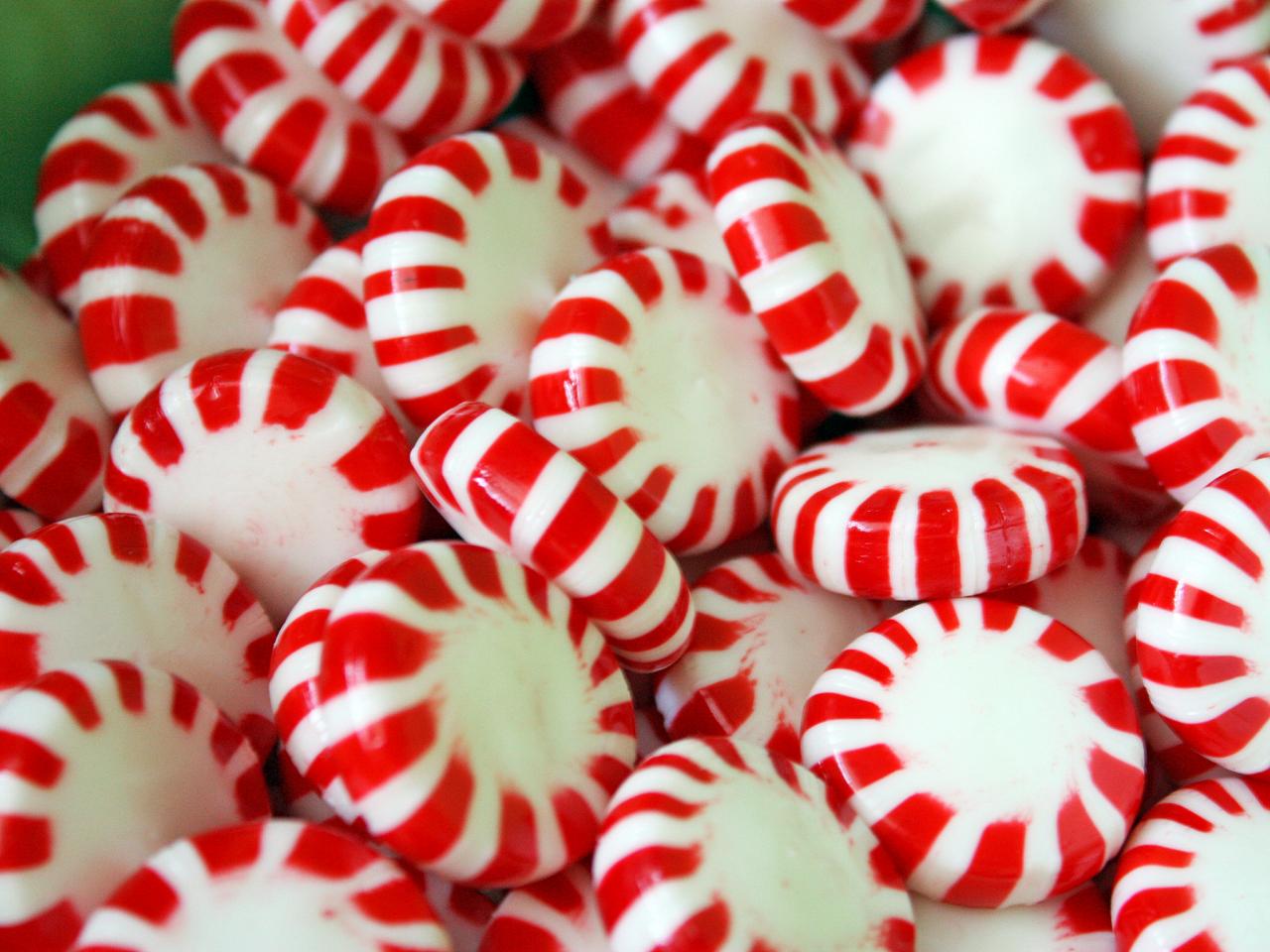As a victim of serious chronic pain I have always wanted to try acupuncture. I have heard of many people I know getting acupuncture for many different conditions, some say it works and some say it doesn’t.
According to Peter Wayne, the director of research at the New England School of Acupuncture, “The applications for acupuncture are endless … people use it for sports injuries, for their emotional well-being, for everything.”
Chinese traditions believe that there are “meridians” that run throughout our bodies and pain is due to the fact that energy can’t reach certain parts of our body. It is believed that there are 500 pressure points throughout the body that can be triggered through the use of the acupuncture needles to help disperse energy throughout the body to heal.
There are a wide range of results from studies that have been done on just how effective acupuncture is on treating different conditions. Some scientists refuse to believe that there is any explanation that can begin to describe how needles can treat some of these conditions. These same scientists also concluded that there is no evidence concrete enough to say that acupuncture can help pe ople because there is a large group of people who experience relief after receiving treatment and also a decent amount of people who don’t have any relief afterwards. Although these conclusions are most likely biased, it is important to note that acupuncture has very scientific evidence behind it to back it up, most of which is anecdotal evidence which is considered to be very weak.
ople because there is a large group of people who experience relief after receiving treatment and also a decent amount of people who don’t have any relief afterwards. Although these conclusions are most likely biased, it is important to note that acupuncture has very scientific evidence behind it to back it up, most of which is anecdotal evidence which is considered to be very weak.
To further test the effectiveness of acupuncture, a “sham” placebo was formed. The sham placebo allows needles to be placed in the skin, but not in the correct pressure points. This helps researchers to see if receiving acupuncture is impacted by the placebo effect or if it can truly be an effective treatment.
In a specific study in Germany, patients with chronic pain were treated with acupuncture and experienced high levels of relief. After receiving treatment the study found, “that only 15 percent of subjects who received genuine acupuncture treatment needed extra pain medication, compared with 34 percent who were receiving “sham” treatments, and 59 percent receiving conventional therapy” Many believers in acupuncture as a pain reliever believe that the needles help to release endorphins which are your body’s own pain relievers.
There was another study conducted that found that “Patients receiving acupuncture had less pain… than sham controls for back and neck pain, osteoarthritis, and chronic headache” This experiment gives some validity to acupuncture as a treatment for chronic pain. This study isn’t ruling out is the potential for possible third variables that could enhance the effects of the acupuncture treatment due to the small difference in the placebo results and the results in favor of acupuncture.
Due to the fact that there are many varying beliefs by a range of researchers it is hard to know when data and what data is biased. Due to the fact that there are so many findings on opposite ends of the spectrum, both producing studies for their claims, it is hard to know just how effective acupuncture is at treating certain conditions, if it is at all.

 known if females would experience the same results as the men or if they would differ between gender.
known if females would experience the same results as the men or if they would differ between gender. es the type of clothing worn affect your mood, but so can the
es the type of clothing worn affect your mood, but so can the  individuals who were highly active, it was found that there was “a statistically significant 52% reduction in risk.”
individuals who were highly active, it was found that there was “a statistically significant 52% reduction in risk.” se it isn’t technically under the approved FDA name.
se it isn’t technically under the approved FDA name.
 ory. The odor triggers you to wake up and pay attention.” This explains why many people believe that peppermint makes you smarter, when really it makes you more alert.
ory. The odor triggers you to wake up and pay attention.” This explains why many people believe that peppermint makes you smarter, when really it makes you more alert. to experience telepathy.” Telepathy is most commonly reported when one twin is in a life or death situation and the other one has a
to experience telepathy.” Telepathy is most commonly reported when one twin is in a life or death situation and the other one has a

 red and can evoke feelings such as caution and danger because you associate red with a stop sign, and a stop sign as meaning caution.
red and can evoke feelings such as caution and danger because you associate red with a stop sign, and a stop sign as meaning caution.